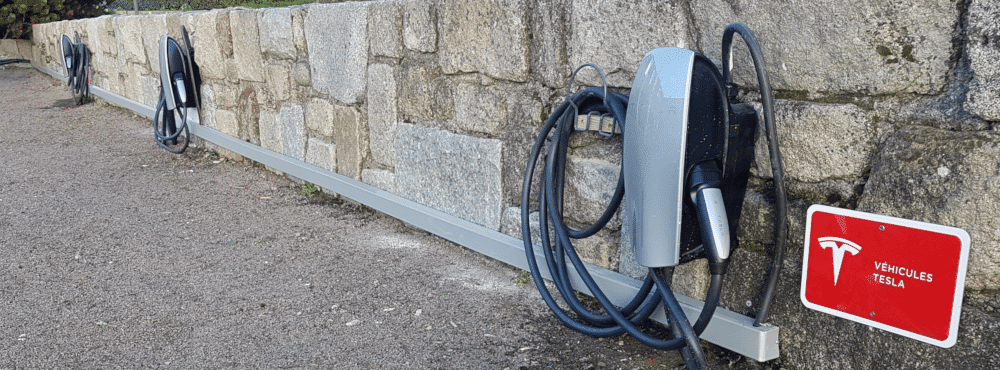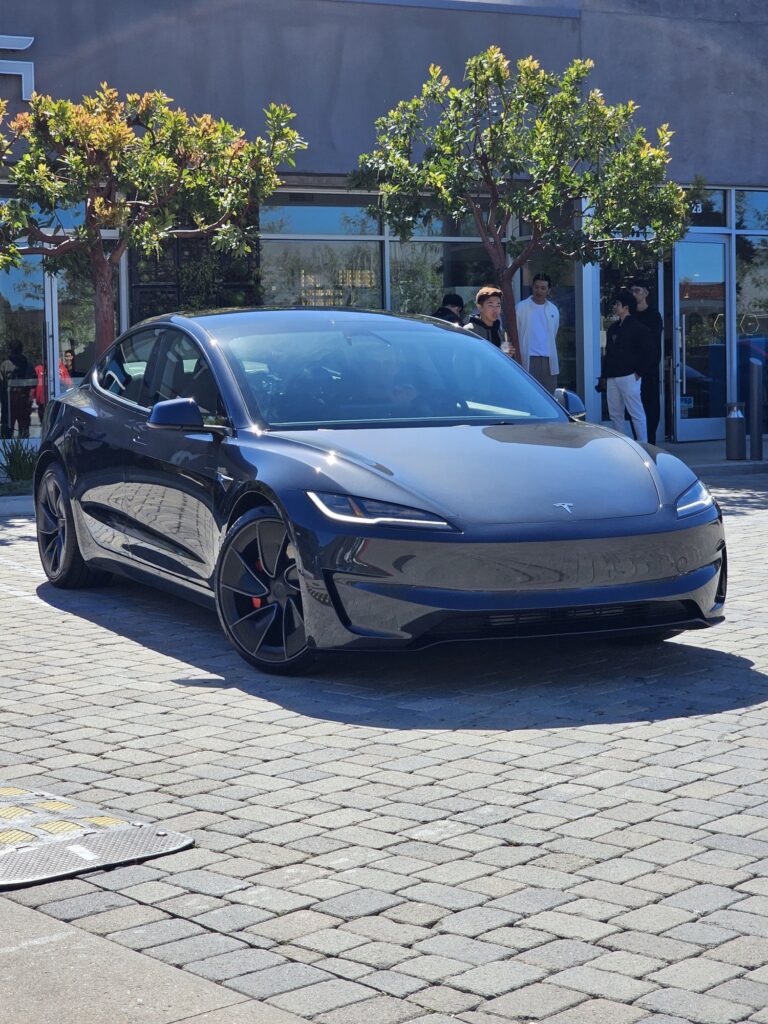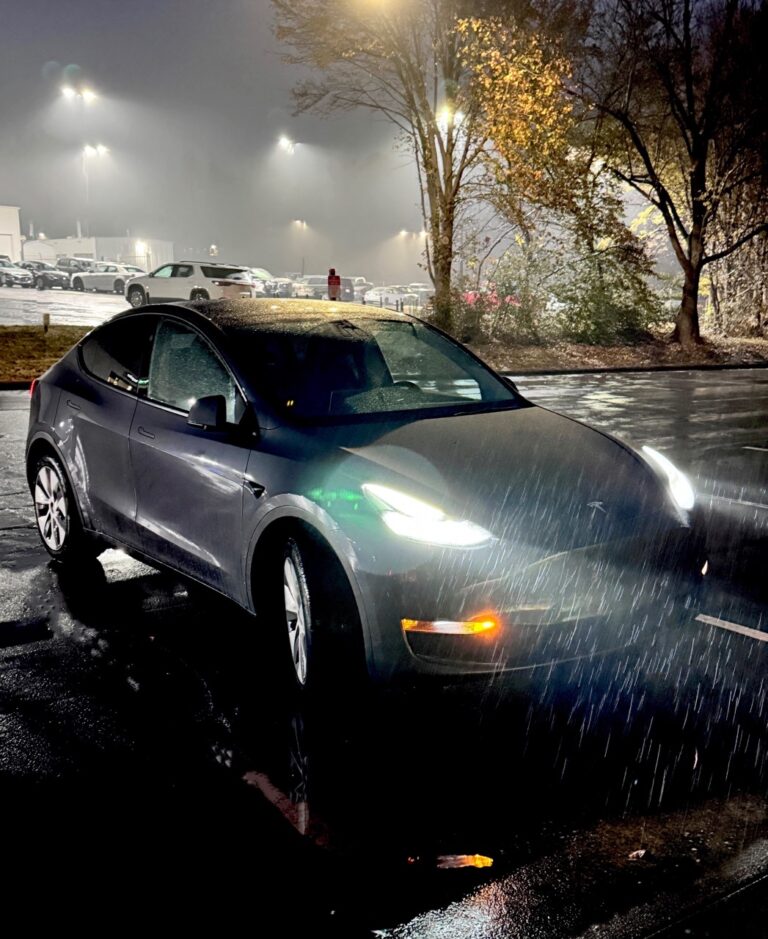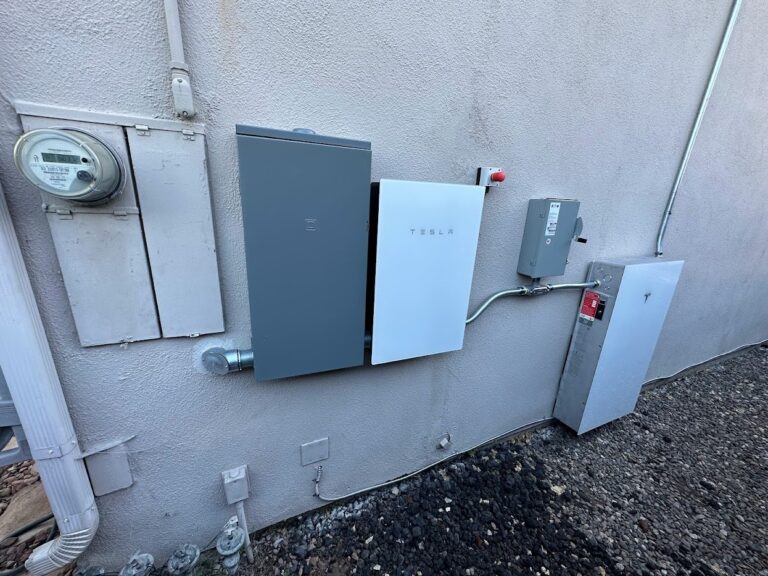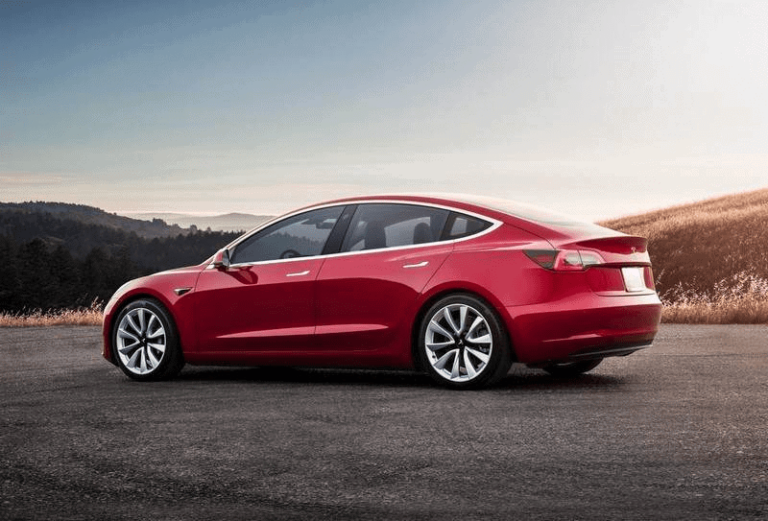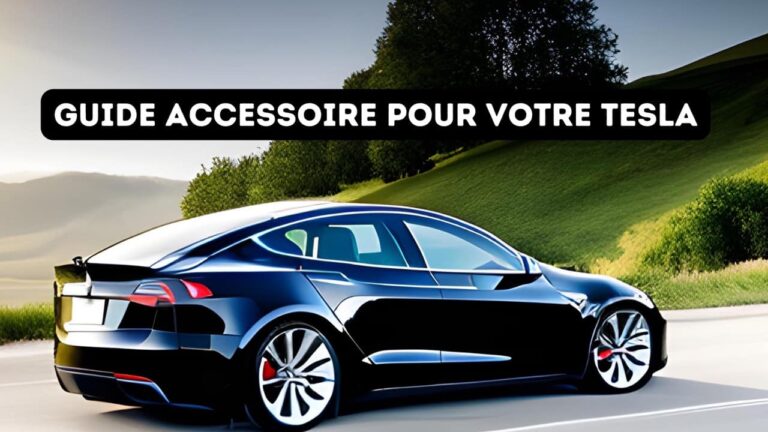Why is the Tesla terminal difficult to install in France?
Installing Tesla charging stations in France can present unique challenges, particularly due to the rigor of standards and technical specificities. This enriched article explores the main reasons making this installation complex and offers solutions to effectively navigate this regulatory and technical landscape.
1. Strict regulations and electrical standards
has. Compliance with standard NF C 15-100
The NF C 15-100 standard imposes strict requirements to ensure the safety of electrical installations. A specific example where Tesla terminals encounter compliance difficulties concerns the obligation to install shutters on power outlets. According to the standard, sockets accessible to unsuspecting people must be equipped with shutters to prevent accidental contact, which the Tesla Wall Connector does not do with its T2 socket.
b. Interpretation and application of the standard
The UTE 15-100 F17 standard specifies that for charging electric vehicles, power socket bases as well as mobile sockets permanently connected to the installation must be fitted with shutters. The absence of shutters on the T2 socket of the Tesla Wall Connectors therefore poses a potential compliance problem, making installation difficult without specific modifications.
2. Liability and risks related to installation
has. Risk of non-compliance
In the event of a terminal failure where the static power contactor is short-circuited, voltage could be present on the T2 socket terminals even without connection to the vehicle. Although the probability is low, this scenario highlights the importance of installing an open switch after each charge to reduce the risk, although this does not make the terminal compliant in the absence of shutters.
b. Legal liability
In the event of an accident linked to direct contact, responsibility could fall on the installer (IRVE) who must be aware of the specifications and normative requirements. This adds a layer of complexity and responsibility for the professionals performing the installations.
3. Solutions and recommendations
has. Modification and adaptation
To make Tesla terminals compliant with French standards, modifications such as the addition of shutters or the integration of an automatic interruption system after each charge could be necessary.
b. Use of certified installers
Choosing certified installers who know the specifics of Tesla and NF C 15-100 standards is crucial. These professionals can advise on the necessary adaptations for a compliant and secure installation.
vs. Awareness and training
Increasing awareness and training on standards specific to electric charging stations can help prevent installation errors and associated risks.
Do you want to have the Tesla terminal installed by an IRVE certified professional?
Conclusion
The challenges associated with installing Tesla terminals in France are significant, but with a good understanding of the standards and a proactive approach, it is possible to overcome these obstacles. By strictly adhering to regulations and working with qualified professionals, users can benefit from safe and efficient charging solutions.
